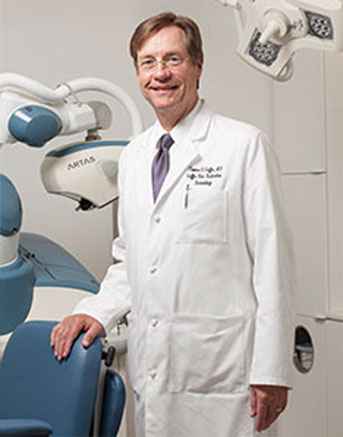Virtual Consultations
Explore your goals and develop the best plan to achieve those goals
Click here to book or use the prompts on the website

Meet Philly’s Top Hair Surgeon Dr. Griffin
Hair replacement surgery or Hair transplantation has come a long way since the days of “plugs”. Hair replacement surgery performed by Dr. Thomas Griffin at the Griffin Hair Restoration Center of Philadelphia is considered an Art Form, and Dr. Griffin considers himself an artist in the field. His goal and that of his staff is to create the best possible, natural looking result in both men and women with Pattern or inherited hair loss.
Dr. Griffin has been working in this field for 25 years and has seen the evolution of the hair transplantation, which he is performing now at the Griffin Hair Restoration Center of Philadelphia.
Read More






FEATURED PROCEDURES

Hair Transplant for Men
Male pattern baldness is a common condition that all men will experience at some point as they get older. The most effective solution for male pattern baldness is a combination of medical treatment for maintenance of one’s current hair and hair transplant surgery to replace lost follicles. We have many hair transplant techniques available, to suit all needs and cases. Dr. Griffin will analyse your individual needs and find the best solution for you.
Read MoreHair Transplant for Women
Recent studies have discovered that at least 50% of all females will suffer with female pattern baldness. Female pattern hair loss can be first noticed by a noticeable widening of the hair parting with some recession of the hairline, especially in the temple area. Overtime, it is common to see a progressive thinning mainly on top of the head that will thin at variable rates of speed. Female pattern baldness is based on genetics and can be inherited from either side of the parent's blood line. Dr. Griffin will asses your situation and walk you through the numerous hair loss solutions available.
Read More

Follicular Unit Extraction
Follicular Unit Extraction, or commonly known as FUE, is an innovative hair restoration technique that is used to obtain hair grafts during hair restoration surgery. Because distinct follicular units are removed directly from the scalp and transplanted in the desired area, the surgery offers natural results with minimal scarring.
Read MorePlatelet Rich Plasma Non Surgical Hair Loss Treatment
Approximately half of the United States’ population, both men and women, experience some form of hair loss, whether mild to severe. Board Certified Dermatologist, Dr Griffin works with a wide range of innovative hair restoration solutions including platelet rich plasma non surgical treatments for hair loss. Stem cells are very effective at boosting hair growth making this hair loss treatment the perfect option for those looking for a natural, non surgical solution for hair loss.
Read More


What our Patients are Saying
“I have been a patient of Dr Griffin for nearly 20 years. I wouldn't go to any other doctor for a hair transplant procedure.”
Anonymous Hair Transplant Patient
Read More